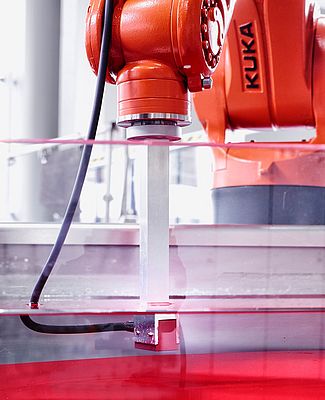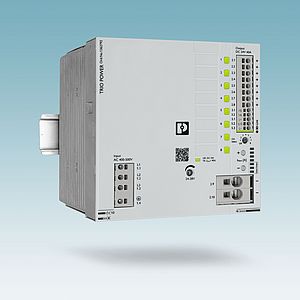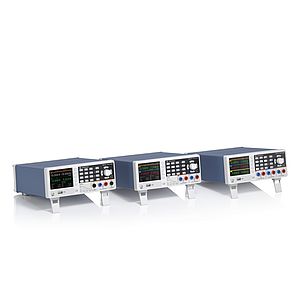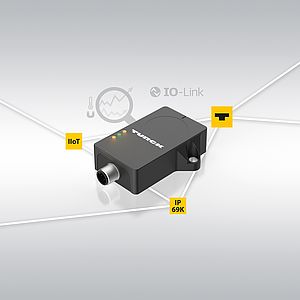Ultrasound is a proven technology in components testing, but until now eva- luating the data has always been quite a time-consuming process. At the Hannover Messe from April 7-11, Fraunhofer researchers will be presenting their optimized ultrasonic testing solution - a method for testing materials quickly and reliably with the help of 3D images (Hall 2, Booth D18). The researchers at the Fraunhofer Institute for Nondestructive Testing IZFP in Saarbrücken have been able to produce high-resolution 3D images from the test signals, just like in medical ultrasound computed tomography. "These pictures reveal any material defects, giving us their size and exact location," says Professor Hans-Georg Herrmann from Fraunhofer IZFP.
Fraunhofer's solution builds on phased array technology, which sees several single-element probes arranged side by side into rows or sheets. This allows the ultrasonic waves to be passed through large areas of material at a time instead of only penetrating the subject selectively. Fraunhofer IZFP scientists have developed this idea further by making it possible to control each probe separately, allowing examiners to focus on every part of the area being tested simultaneously. In parallel, they have developed an algorithm that generates a 3D image from the many individual signals that can then be viewed on a PC. "The spatial resolution of these images is significantly better than in conventional methods. What's more, our reconstruction algorithm is real-time capable, which allows us to significantly speed up the testing process," says Herrmann, summarizing the benefits offered by their new optimized method - sampling phased array technology. Another plus: The new, robot-assisted process can even test materials that have historically been difficult to characterize. Inspecting fiber-reinforced high-performance polymers with direction-dependent fiber orientation is typical of the kinds of application suitable for this new testing technology.






















































